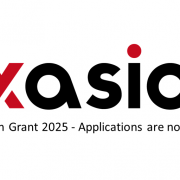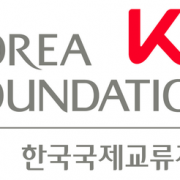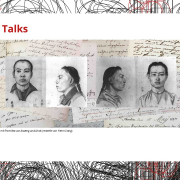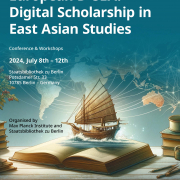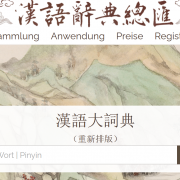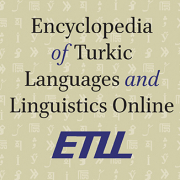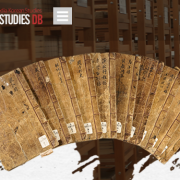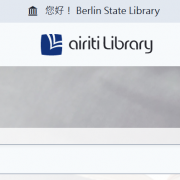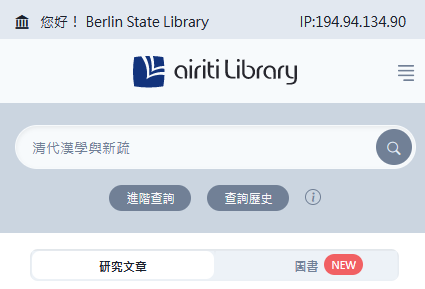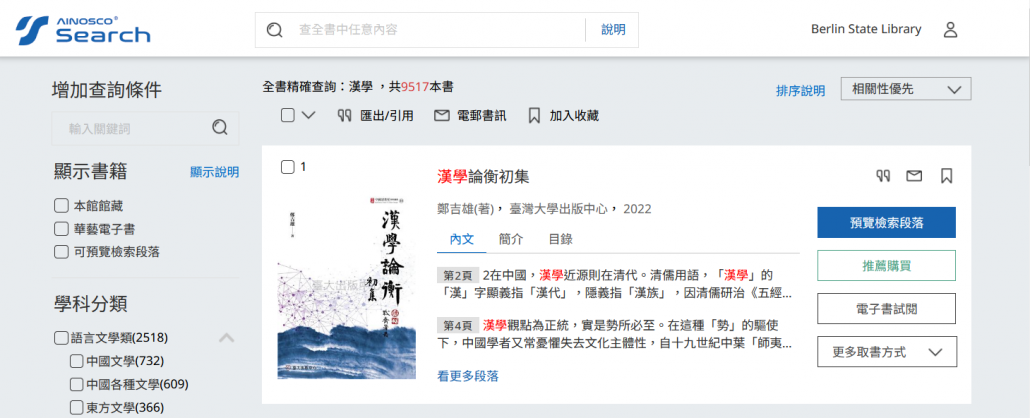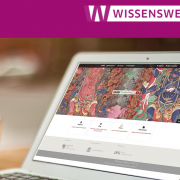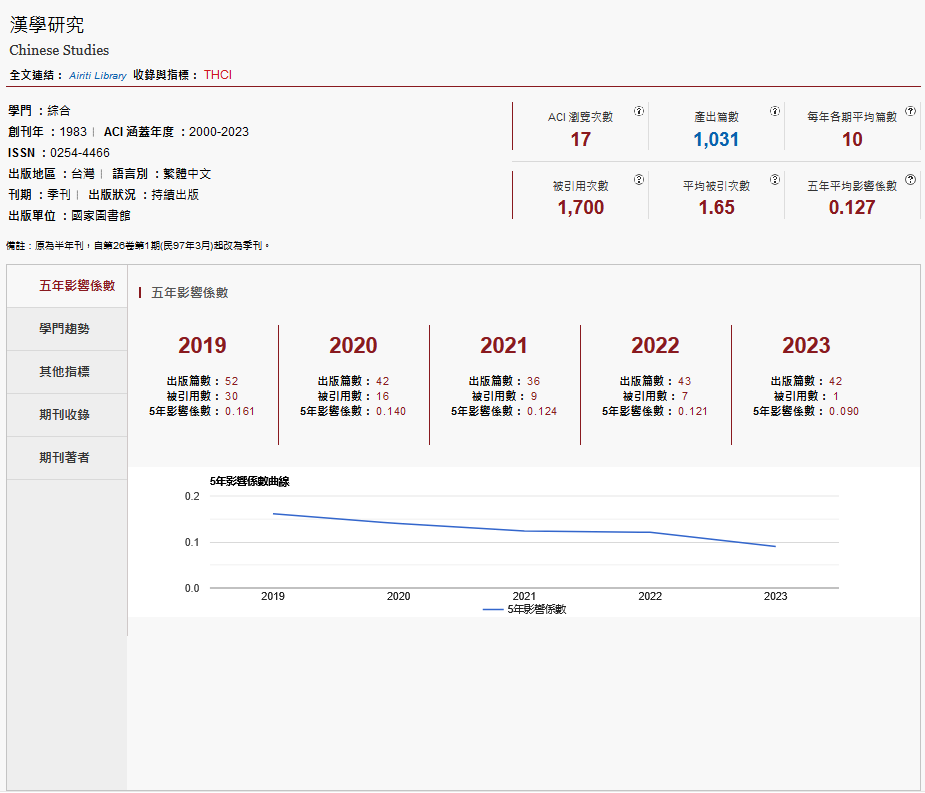Liebe CrossAsia Nutzer:innen,
(See English below)
die Staatsbibliothek zu Berlin und das Max-Planck-Institut für Wissenschaftsgeschichte (MPIWG) führen gemeinsam die Veranstaltung „Charting the European D-SEA: Digital Scholarship in East Asian Studies“ durch, die vom 8. bis 12. Juli in Berlin stattfinden wird.
Ziel der Konferenz ist es, einen Überblick über den aktuellen Stand der digitalen Forschung in den Ostasienwissenschaften in Europa zu geben, eine europäische Gemeinschaft von Ostasienwissenschaftlern aufzubauen, die an digitaler Forschung interessiert sind, und eine Plattform für europäische Wissenschaftler zu bieten, um sich über die wichtigsten Methoden und Ressourcen zu informieren, die in innovativen digitalen Projekten in den Ostasienwissenschaften weltweit entwickelt wurden.
Programm:
-
- Pre-Conference Workshops (8.-10. Juli): Einführung in Schlüsselmethoden der digitalen Geisteswissenschaften.
- Konferenz (11.-12. Juli): Vorträge und Diskussionen zu aktuellen Entwicklungen und Projekten.
Ort: Staatsbibliothek zu Berlin, Haus Potsdamer Straße, Potsdamer Straße 33, 10785 Berlin
Das vollständige Programm der Workshops und die Abstracts finden Sie hier. Das Konferenzprogramm finden Sie hier. Weitere Informationen finden Sie auch auf der Homepage des MPI.
Bitte beachten Sie, dass die Konferenzsprache Englisch sein wird und die Teilnehmer:innen der Workshops ihren eigenen Laptop mitbringen sollten.
Nutzen Sie diese Gelegenheit, um sich mit führenden Experten und Forschern zu vernetzen und aktuelle Trends und Methoden in den digitalen Geisteswissenschaften kennenzulernen. Auch für Kurzentschlossene sind Möglichkeiten zur Teilnahme vorhanden. Bitte setzen Sie sich hierzu mit Frau Jing HU in Verbindung.
Wir freuen uns auf Ihre Teilnahme!
Ihr CrossAsia Team
Dear CrossAsia users,
The Staatsbibliothek zu Berlin and the Max Planck Institute for the History of Science (MPIWG) are jointly organising the event „Charting the European D-SEA: Digital Scholarship in East Asian Studies„, which will take place in Berlin from 8 to 12 July.
The aim of the conference is to provide an overview of the current state of digital scholarship in East Asian Studies in Europe, to build a European community of East Asian scholars interested in digital scholarship, and to provide a platform for European scholars to learn about the key methods and resources developed in innovative digital projects in East Asian Studies worldwide.
Programme:
-
- Pre-Conference Workshops (8-10 July): Introduction to key methodologies in digital humanities.
- Conference (11-12 July): Presentations and discussions on current developments and projects.
Location: Staatsbibliothek zu Berlin, Haus Potsdamer Straße, Potsdamer Straße 33, 10785 Berlin
The full programme of workshops and abstracts can be found here. The conference programme can be found here. Further information can also be found on the MPI homepage.
Please note that the conference language will be English and that workshop participants should bring their own laptop.
Take this opportunity to network with leading experts and researchers and learn about current trends and methods in the digital humanities. There are also opportunities for last-minute participants. Please get in touch with Ms Jing HU.
We look forward to your participation!
Your CrossAsia Team

